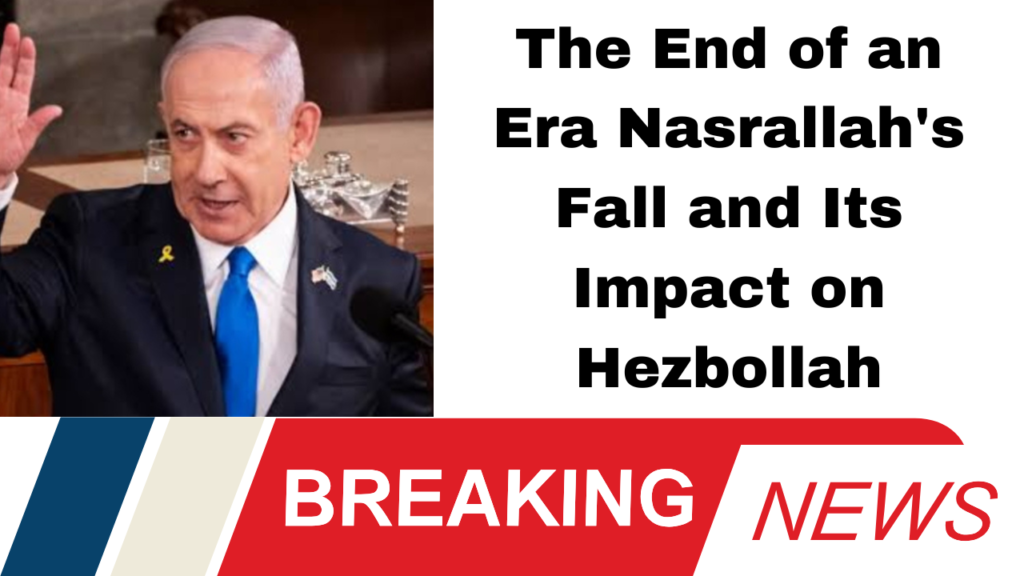After 11 months of covert surveillance, Israel’s intelligence agency, Mossad, successfully executed a plan to eliminate Hezbollah’s chief, Hassan Nasrallah. This operation, which involved multiple air strikes targeting key Hezbollah leaders, marks a significant escalation in the ongoing conflict between Israel and Hezbollah.
Timeline of the Operation
The Israeli government, led by Prime Minister Benjamin Netanyahu, initiated this plan following the intensification of Hezbollah’s attacks on Israel after the October 8, 2023, Operation Al Aqsa. Over the subsequent months, Israeli forces conducted eight air strikes, resulting in the deaths of several high-ranking Hezbollah commanders. The operations were designed to systematically dismantle Hezbollah’s leadership.
In June 2024, after a sustained campaign against Hamas, Israel resumed its focus on Hezbollah. Key figures, including Nasser unit chief Taleb Sami Abdullah and Aziz unit chief Mohammad Nasir, were killed in rapid succession. The situation escalated further in September when electronic devices used by Hezbollah began to explode, resulting in casualties and increased tensions.
The culmination of Israel’s efforts came with a series of targeted air strikes in September, where key commanders, including Operation Chief Ibrahim Aqeel and Southern Front Commander Ali Karaki, were eliminated. Nasrallah himself was targeted and killed on September 27, 2024, marking a pivotal moment in the conflict.
With Nasrallah’s death, attention turns to the potential leadership of Hezbollah. Hashem Safieddin, Nasrallah’s brother and current head of Hezbollah’s political affairs, is rumored to be the likely successor. Known for his close ties to Iran and previous designation as a terrorist by the U.S., Safieddin’s survival during the recent attacks raises questions about Hezbollah’s future stability and operational capacity.
Israeli Defense Minister Yoav Galant emphasized the significance of Nasrallah’s assassination, declaring it a critical blow to a leader responsible for the deaths of thousands. Galant reassured the Israeli public of the government’s commitment to national security, signaling that Israel’s military operations against Hezbollah are far from over.
The conflict between Israel and Hezbollah has reached new heights since the Hamas attack on October 7, 2023. As hostilities continue, the repercussions of Nasrallah’s death will likely reverberate throughout the region, with the potential for further violence and retaliation from Hezbollah and its allies.
As the world watches, the fate of Hezbollah hangs in the balance, with many questioning whether the organization can endure this significant leadership loss or if it will be confined to history.











More Stories
Netanyahu Under Fire as Leaked Documents Scandal and Hostage Crisis Deepen
Mount Fuji’s Snowless Peak A Sign of Climate Change and Japan’s Cultural Icon in Crisis
Malik Mumbai’s 15 Crore Monthly Income ‘Haar Meri Jeet Apki Offer’ for WBBL 2024 Your Guaranteed Win or Refund!